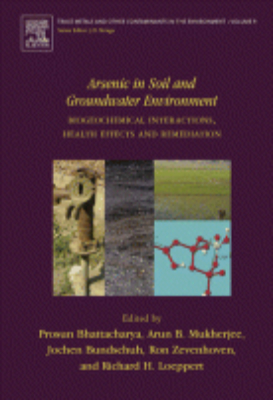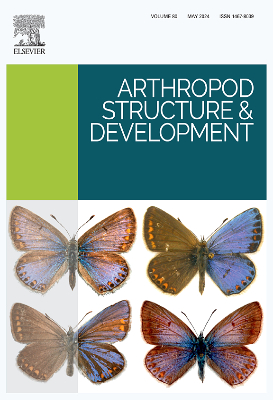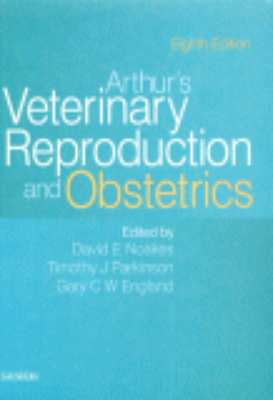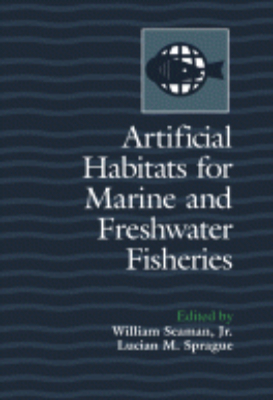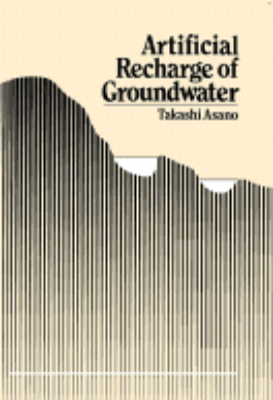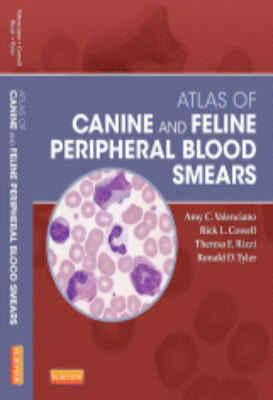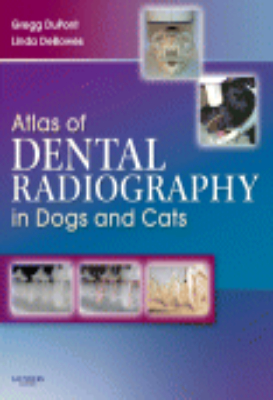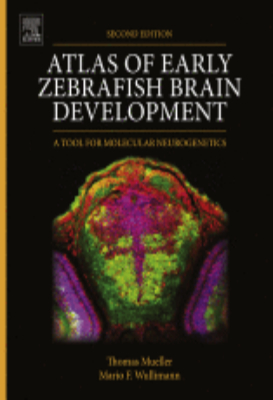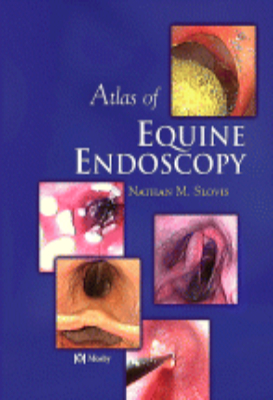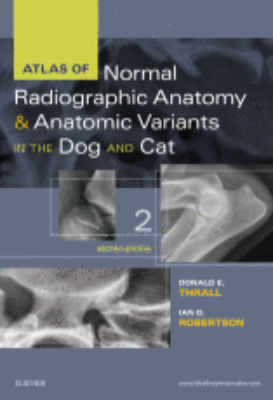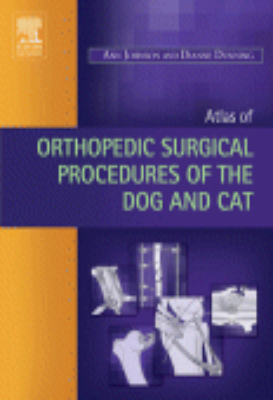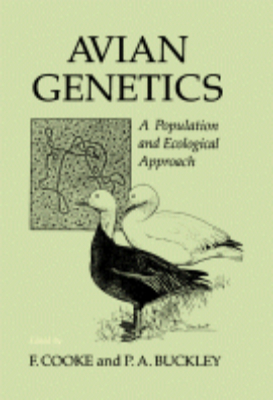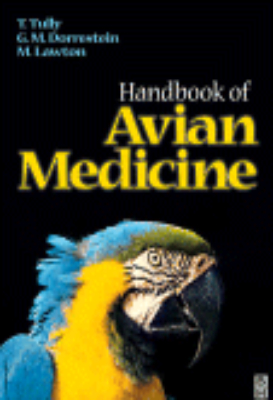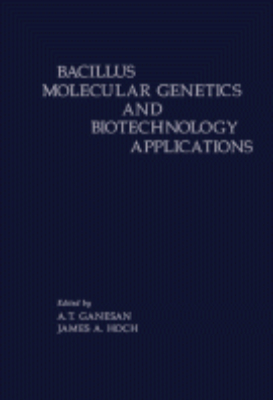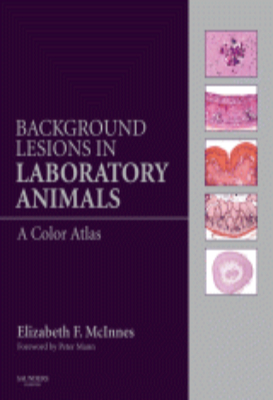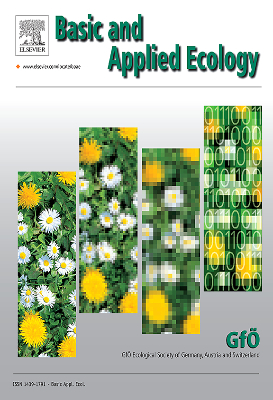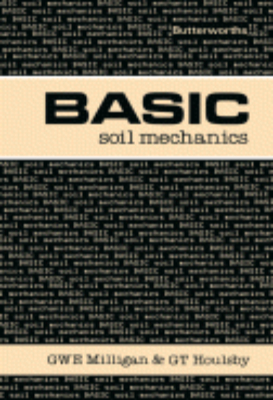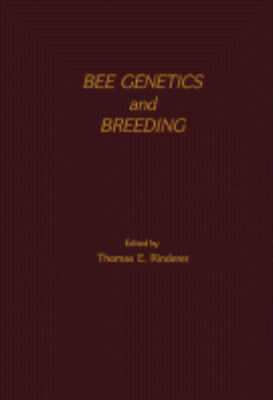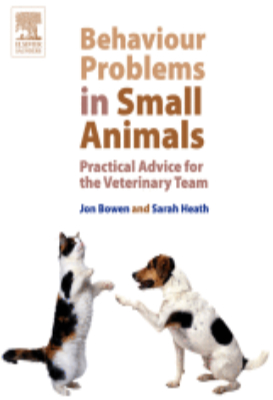E-Resources
Aquatic Ecosystems
"Aquatic Ecosystems explains the interplay between various movements of matter and energy through ecosystems mediated by Dissolved Organic Matter. This book provides information on how much DOM there is in a particular aquatic ecosystem and where it originates. It explains whether the DOM composition varies from time to time and place to place. It also details how DOM becomes incorporated into microbial food webs, and gives a better, clarifying, understanding to its significance of DOM. Key Features. There are many ways to study DOM and this book focuses on several central questions: How much DOM is there in a particular aquatic ecosytem Where does it come from Does the composition of the DOM vary from time to time and place to palce. How does DOM become incorporated into microbial food webs, which are the basis of plant, invertebrate and vertebrate food webs. How can the answers to these and other questions about DOM be considered together so that a better understanding of the significance of DOM can emerge"
Arthur’s Veterinary Reproduction and Obstetrics
This is the new (8th) edition of the classic text reference covering all aspects of reproduction and obstetrics in all common, and some less common, domestic species. This is the only book to cover the full range of domestic animals and now also includes less common species such as llamas and alpacas. In addition, more common small animal species such as guinea pigs and rabbits, which have not been discussed in previous editions but which are frequently encountered by practicing veterinarians, are included for the first time.
Artificial Habitats for Marine and Freshwater Fisheries
"Artificial habitats have been used for centuries to successfully modify environments for the benefit of Man. In the aquatic environment, the use of artificial habitat technologies is of growing interest worldwide. Opportunities exist in both developed and developing nations to apply these technologies in many areas, including classical scientific investigations of ecosystem structure and function, engineering advances in underwater technology, and fisheries and environmental management. The applications of artificial habitat technologies are taking on ever greater economic, social, and environmental importance globally, not only in developed countries such as Japan where highly sophisticated technologies are used, but also in developing nations, where lower cost practices are in use. There is growing pressure to increase production, while at the same time preserve or enhance the environments and ecosystems surrounding fisheries. This book provides a comprehensive review of the facts, issues, and global trends emerging regarding the use of artificial habitats in aquatic ecosystems. It presents the most recent scientific advances in ecology and engineering technologies related to the building of artificial habitats, and it also presents many of the fisheries management and socioeconomic and environmental issues. Artificial Habitats for Marine and Freshwater Fisheries will be of interest to a broad audience including natural resource scientists, planners, and managers, particularly those interested in aquatic and fisheries science and management; organizations and individuals interested in commercial and recreational fishing; ecologists; environmental economists, engineers, lawyers, and social scientists; and geographers. Key Features. Presents a global scope. Draws together, for the first time, disparate literature. Contains contributions by authors in the United States and Japan. Features engineering chapters that focus on Japanese advanced technology often not available to the English language audience"
Artificial Recharge of Groundwater
Artificial Recharge of Groundwater focuses on artificial recharge of groundwater basins as a means to increase the natural supply of groundwater, along with the technical issues involved. Special emphasis is placed on the use of reclaimed municipal wastewater as a source for artificial recharge of groundwater. This book is comprised of 26 chapters organized into five sections. After reviewing the state of the art of artificial recharge of groundwater, the discussion turns to the fundamental aspects of groundwater recharge, including the role of artificial recharge in groundwater basin management, recharge methods, hydraulics, monitoring, and modeling. The next section considers pretreatment processes for wastewater and renovation of wastewater with rapid-infiltration land treatment systems and describes the health effects of wastewater reuse in groundwater recharge. A number of artificial recharge operations using reclaimed wastewater are then highlighted, focusing on cases in various countries including Israel, Germany, Poland, Japan, the Netherlands, and the United States. The remaining chapters look at the extent of contaminant removal by the soil system and the fate of micropollutants during groundwater recharge as well as the legal and economic aspects of groundwater recharge. Research needs for groundwater quality management are also explored. This monograph is written for civil and sanitary engineers, agricultural engineers, hydrologists, environmental scientists, and research scientists as well as public works officials, consulting engineers, agriculturalists, industrialists, and students at colleges and universities.
Atlas of Canine and Feline Peripheral Blood Smears
An illustrated guide to the morphology of blood cells, Atlas of Canine and Feline Peripheral Blood Smears covers patient assessment for common hematologic disorders and diseases in dogs and cats. Over 1,000 full-color photomicrographs depict abnormalities within each blood cell line, with multiple pictures of each morphologic abnormality and variations in their appearance. Written by pathology experts Amy Valenciano, Rick Cowell, Theresa Rizzi, and Ronald Tyler, this concise reference will enhance your skills as you interpret blood smears and recognize hematological cellular response to inflammation, infection, and toxicity. "Everything you might encounter looking at dog or cat blood smears is right there, clearly classified and noted (more than 1000 pictures!). Pitfalls and artefacts are clearly explained. The format (spiral binding) makes it the obvious accessory for your microscope. A good investment." Reviewed by: Vet's Today Date: July 2014
Atlas of Dental Radiography in Dogs and Cats
Is it ever appropriate to diagnose and treat oral and dental problems without knowing the full extent of the problem With more than 50% of anatomical structures and associated pathologies located below the gingivae and unseen to the eye, thats the reality without the use of high-quality, accurately interpreted radiographs. Atlas of Dental Radiography in Dogs and Cats presents hundreds of actual radiographic images, which are clearly labeled to facilitate accurate identification of normal and abnormal features. This valuable new atlas shows you exactly how to correlate common dental conditions with radiographic signs. Radiographs are also compared side by side with actual anatomical photographs to confirm surface landmarks visible on the radiographs. Correct positioning techniques for producing diagnostic radiographs as well as helpful tips and pitfalls when obtaining quality radiographs are logically presented. This approach helps you produce consistently high-quality radiographs, sharpen your interpretive skills, and confidently treat a wide range of dental problems.
Atlas of Early Zebrafish Brain Development
"Atlas of Early Zebrafish Brain Development: A Tool for Molecular Neurogenetics, Second Edition, remains the only neuroanatomical expression atlas of important genetic and immunohistochemical markers of this vertebrate model system. It represents a key reference and interpretation matrix for analyzing expression domains of genes involved in Zebrafish brain development and neurogenesis, and serves as a continuing milestone in this research area. This updated volume provides in-situ hybridized and immunostained preparations of complete series of brain sections, revealing markers of the fundamental stages in the life history of neuronal cells in very high quality preparations and photographic plates. Specific additions to this edition include documentation on the distribution of neurons expressing GABA, dopamine and serotonin, material on the basal ganglia, hypothalamus, and the caudal, segmented part of the diencephalon, new theories on the early organization of the telencephalon and thalamus, and integration of a comparative perspective on the mid- and hindbrain. Key Features. Documentation on the distribution of neurons expressing GABA, dopamine and serotonin. Material on the basal ganglia, hypothalamus, and the caudal, segmented part of the diencephalon. New theories about the early organization of the telencephalon and thalamus. Integration of a comparative perspective on the mid- and hindbrain"
Atlas of Equine Endoscopy
By using nearly 700 images of various organ systems, ATLAS OF EQUINE ENDOSCOPY is designed to provide equine practitioners with a practical reference guide to minimally invasive equine endoscopy. Since endoscopy is now widely used by equine practitioners, this atlas focuses less on principles and more on its use as a diagnostic tool.
Atlas of Normal Radiographic Anatomy and Anatomic Variants in the Dog and Cat
Equip yourself to make accurate diagnoses and achieve successful treatment outcomes with this highly visual comprehensive atlas. Featuring a substantial number of new high contrast images, Atlas of Normal Radiographic Anatomy and Anatomic Variants in the Dog and Cat, 2nd Edition provides an in-depth look at both normal and non-standard subjects along with demonstrations of proper technique and image interpretations. Expert authors Donald E. Thrall and Ian D. Robertson describe a wider range of "normal" as compared to competing books not only showing standard dogs and cats, but also non-standard subjects such as overweight and underweight pets and animals with breed-specific variations. Every body part is put into context with a textual description to help explain why a structure appears as it does in radiographs, and enabling practitioners to appreciate variations of normal that are not included, based on an understanding of basic radiographic principles.
Atlas of Veterinary Hematology
This colour atlas is designed as a reference for the morphologic aspects of veterinary hematology of common domestic animals. It covers a variety of species, including dogs, cats, horses, cattle, sheep, goats, pigs and llamas. The atlas is divided into two sections: the first covers blood, while the second discusses bone marrow. Techniques for the collection and preparation of blood and bone marrow spears and bone marrow core biopsies are covered, in addition to the morphology of the tissues collected. Often, multiple examples of a cell type or abnormal condition are shown to illustrate the variance in morphology.
Atlas of Zebrafish Development
"Zebrafish are widely considered an excellent model system for vertebrate development. The embryo is transparent, thereby enabling visualization and use of labelling and transgenic approaches. Moreover, because of the ease of inducing new mutations in zebrafish and similarity with the human genome, this organism may be used effectively for disease studies. For example, mutant zebrafish are being utilized for testing drugs that will combat a range of human diseases, from Alzheimer's and cancer to kidney failure and congenital heart disease. For the first time, this atlas provides the research community with a complete reference for zebrafish anatomy spanning the early embryo all the way to adulthood. The authors employ the technique of optical projection tomography (OPT), and offer a series of sections in multiple planes from each sample. The contents are organized by developmental stages, with over 200 images that contain annotations describing anatomical structures relevant to development. In addition, chapters feature explanatory text that highlights major developments in the zebrafish during each stage. Key Features. Provides the first comprehensive anatomical resource that covers all regions of zebrafish anatomy from the larval period to adulthood. The over 200 images include explanatory notes. Each chapter contains a concise description of key anatomical features that factor in zebrafish development. Despite many years of use as a model system, until now there has never been a guide to zebrafish at the larval stage. The book's website contains a database of over 10k sections from different regions as well as 3D images that are interactive"
August’s Consultations in Feline Internal Medicine Volume 7
Stay current with cutting-edge information from the leading feline experts! Augusts Consultations in Feline Internal Medicine, Volume 7 takes the popular Current Therapy approach to the latest issues, advances, and therapies in feline care. The 103 new chapters are organized by body systems, making information easy to access, and include more than 800 new detailed photographs, diagrams, and MRI and ultrasound images. Discussions of scientific findings always emphasize clinical relevance and practical application. This edition addresses new topics ranging from feline obesity and food allergies to respiratory mycoplasmal infections. From feline expert Susan Little, with chapters written by more than 130 international specialists, this practical resource will be an invaluable addition to every small animal clinician's library.
Avian Genetics
Avian Genetics: A Population and Ecological Approach is a collection of papers that deals with the study of birds in relation to the synthetic theory of evolution. This book studies the ecology, demography, behavior, and geographical distribution of birds; the text also discusses quantitative, chromosomal, biochemical, and population genetics. Part I reviews the various genetic interactions, including an analysis of DNA sequence variation. The different and newer techniques are compared such as the works of Sibley, Quinn, and White. Part II describes the molding genetic variation and covers topics such as inbreeding; gene flow and the genetic structure of populations; non-random mating; and the process of selection in natural populations of birds. Part III covers actual genetic case histories, including quantitative ecological genetics of great tits; genetic evolution of house sparrows; and presentation of evidence for sexual selection by female choice in the Arctic Skua. This book also presents future research in subjects such as the neutrality-selection controversy or genetics and conservation. This text can be beneficial for ecologists, ornithologists, animal conservationists, and population biologists studying birds.
Avian Medicine: 2000
The first five chapters cover the basic medical information needed to run a primary care avian practice. Again, the focus of the text is on introductory level material and avian practice within the average companion animal practice. If you see between one and five birds a week, this section is for you.The later chapters are species-specific. If a practice sees avian patients, it is not unusual to treat any one of these species and the information in these chapters will support the veterinarian in evaluating, treating and/or referring the patient. Written by international experts, these chapters will also be of interest to avian specialists, bringing them up-to-date on current thinking in areas such as seabird rescue and the management of zoo collections.Avian Medicine is an outstanding book that draws together all the essential information on the care of birds - providing an indispensable reference for veterinary practitioners, veterinary students and veterinary technicians.
Avian Medicine: 2016
Combining the in-depth coverage of a text with the practicality of a clinical manual and the visual detail of an atlas, Avian Medicine, 3rd Edition is the complete, all-in-one guide to every aspect of avian care. Written by some of the world's leading authorities in avian medicine, this highly illustrated reference covers a wide variety of avian species including psittacines, raptors, bustards, parrots, finches, and more. Comprehensive coverage includes issues ranging from the basic aspects of patient management to the most sophisticated diagnostic techniques. Plus, with more illustrations, a wealth of practical advice, and the latest information on cutting-edge treatments and procedures incorporated into this new edition, todays general clinician will be fully equipped to effectively and confidently care for all birds.
Bacillus Molecular Genetics and Biotechnology Applications
Bacillus Molecular Genetics and Biotechnology Applications contains the proceedings of the Third International Conference on the Genetics and Biotechnology of Bacilli, held at Stanford University in Stanford, California on July 15-17, 1985. Contributors discuss the progress that has been made concerning the molecular genetics and biotechnology of Bacillus and cover topics related to transposons and plasmids, secretion, gene cloning, and gene expression. This volume is organized into five sections encompassing 39 chapters and begins with an overview of the origin and the state of molecular genetics, along with some of the contributions microbiology has made to fundamental biology. It then emphasizes the importance of scientifically based regulatory decisions and responsible industry actions for effective biotechnology regulation. The chapters that follow focus on Bacillus subtilis, touching on topics such as DNA recombination in plasmids, genetic system for stabilizing cloned genes, regulation of sporulation, and non-complementing diploids. The reader is methodically introduced to the secretion and maturation of subtilisin, cloning in streptomycetes, and genetic exchange and prospects for cloning in Clostridia. The book concludes with a chapter that describes an integrative and amplifiable secretion vector using the inducible promoter and signal peptide from the B. subtilis levansucrase (LS) gene. This book will be of interest to geneticists, microbiologists, and biotechnologists, as well as students and researchers in the fields of molecular biology and biochemistry.
Background Lesions in Laboratory Animals
"Background Lesions in Laboratory Animals will be an invaluable aid to pathologists needing to recognize background and incidental lesions while examining slides taken from laboratory animals in acute and chronic toxicity studies, or while examining exotic species in a diagnostic laboratory. It gives clear descriptions and illustrations of the majority of background lesions likely to be encountered. Many of the lesions covered are unusual and can be mistaken for treatment-related findings in preclinical toxicity studies. The Atlas has been prepared with contributions from experienced toxicological pathologists who are specialists in each of the laboratory animal species covered and who have published extensively in these areas. Key Features. over 600 high-definition, top-quality color photographs of background lesions found in rats, mice, dogs, minipigs, non-human primates, hamsters, guinea pigs and rabbits. a separate chapter on lesions in the reproductive systems of all laboratory animals written by Dr Dianne Creasy, a world expert on testicular lesions in laboratory animals. a chapter on common artifacts that may be observed in histological glass slides. extensive references to each lesion described. aging lesions encountered in all laboratory animal species, particularly in rats in mice which are used for carcinogenicity studies"
Bee Genetics and Breeding
Bee Genetics and Breeding provides an overview of the state of knowledge in bee genetics and breeding. The book is organized into two parts. Part I deals with the scholarly issues of bee genetics. It is intended as a reference source for students of both bees and genetics. It could also serve as a text for university courses in bee genetics. Topics discussed include the evolution of eusocial insects; geographical variability and classification of honey bees; and behavioral and biochemical genetics of honey bees. Part II deals more specifically with the practical issues of bee breeding. The discussions include the quantitative genetics of honey bees; ways to define and measure honey-bee characteristics so that the "best" parents for honey-bee stock improvement programs can be selected; and mating designs. This section contains sufficient guidance for bee breeders to initiate or improve breeding programs. Apiculturalists generally will find this part especially interesting since the quality of their own bee stock depends on the skills and knowledge of the breeders who produce their queens.
Behavioral Ecology of Tropical Birds
This book examines behavioral adaptations of tropical birds in timing of breeding, life history traits, mating systems and parental care, territoriality, communication, and biotic interactions, and emphasizes the many gaps in our knowledge of tropical birds. We urge students and researchers in temperate and tropical regions alike to realize the potential they have for improving our knowledge of avian adaptations far beyond what is currently accepted as gospel. Time is running out. Key Features * Line drawings with graphs* Unpublished data and observations from decades of authors' research in tropics
Behaviour Problems in Small Animals
"An easy-to-use, quick-reference text full of practical advice on how to handle behavioral problems in the practice situation. You'll find helpful practice tips such as tips on running puppy classes, guidelines for breeders, and guidelines for new owners. Discussions of canine behavioral problems include: aggression; fears, phobias and anxieties; elimination problems; training issues; and geriatric behavior issues. Feline behavioral problems include: aggression; fears, phobias and anxieties; elimination problems; grooming problems; bonding problems; and geriatric behavior issues. There's also a helpful appendix on drug dosages for behavior-related medications. Key Features. Coverage offers immediate advice to the veterinary team who are often presented with behavioral problems in their practice.. Easy-to-read format includes introductions, medical differentials, underlying causes, diagnosis, action boxes, and summaries.. Content refers the reader to other chapters throughout the book, so that information can be found quickly and easily.. Helpful handouts, which can be photocopied, offer yet another way to further your learning experience."







